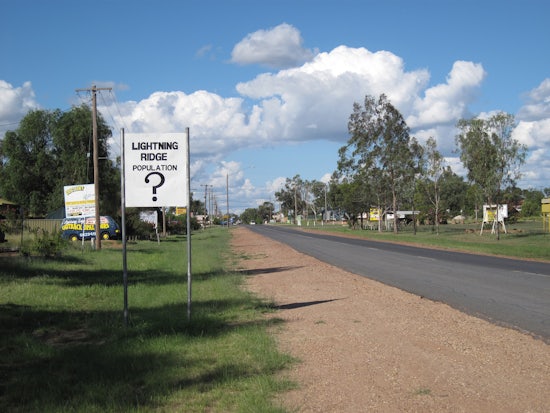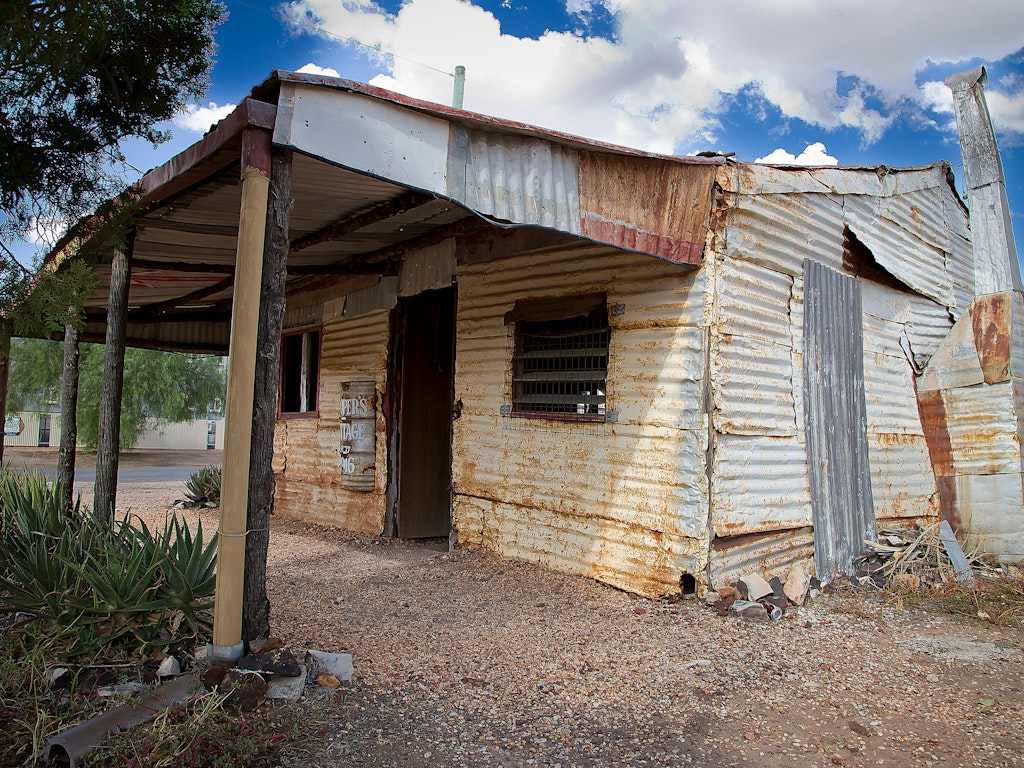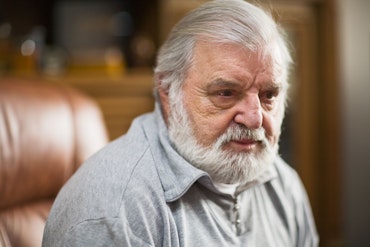Delivering aged care services for multicultural Australia – part 2
The second story in this three part series about aged care services for multicultural Australia, looks at some of the issues for migrants who live in rural areas – in particular, the migrants living in Lightning Ridge in north-west New South Wales.

Lightning Ridge in north-west New South Wales has a large number of senior migrants who face a number of challenges in accessing services (Source: Cimexus – Flickr)
Renowned for its black opals, hot springs and also the birthplace of Paul Hogan, Lightning Ridge is a mix of mining and tourist attractions. While visitors learn about the town’s mining past, try their hand at fossicking for opals and enjoy relaxing in the spa baths, it’s a different reality for many of the ageing eastern Europeans, Scandinavians and other nationalities, who started coming en masse to the area in the 1960s and 70s.
Some had been working on the Snowy Mountains scheme and were looking for further work, but many were attracted to the opal mining boom and the hope of making a fortune. Some did, and left the area, but for many, they found just enough of the gems to survive.
As a result many migrant miners still live in their camps on the mining fields. Some have improved their properties, but there are still people living in very basic structures, without access to electricity and running water.
Former migrant support worker for the area, Ana Vastag estimates there are as many as 1700 camps within 15km of the town. Plus she highlights there are more mining communities up to 70km away with no infrastructure or services.
Located on unsealed roads, many of these camps are inhabited by older people and some are unable to drive for health and/or age reasons. With few visitors and little access to transport, this can be very socially isolating.
“The only transport is the community bus or volunteers,” she says. For social encounters, Ms Vastag says some people do have home care, Meals on Wheels and the local bowling club sometimes operates a transport service.
“We’re very unique,” Ms Vastag admits. “Those [miner migrants] who found hardly anything, are often alone without any family structure for support and most are single men. It is a very disadvantaged area in spite of the opals.”
She highlights the 2015 Dropping Off The Edge report, which is research into place-based disadvantage across the nation; in this report Lightening Ridge is listed in Band 1, the most severely disadvantaged band.
Older Lightning Ridge residents also face challenges common to many migrants, such speaking a different language (Ms Vastag believes up to 50 different languages are spoken by the people living in and around Lightning Ridge) and sometimes poor literacy skills, and little access to or understanding of online information.
“The new My Aged Care Portal Registration is challenge even for the professionals,” says Ms Vastag. “After registering, the ACAT Assessment needs to be done. The understanding for the necessity of this registration and waiting times are one of the biggest hurdles for our aged migrants in requesting any of these services.”
Until 2013, ageing migrants in Lightning Ridge benefited from the dedicated migrant support services at the Lightening Ridge and Region Transcultural Community Council. When this closed, funding was found for The Ridge Community Resource Centre to provide similar services, but its funding ran out and this closed at the end of last year.
At that time there were 28 female migrants aged over 55, and 3 of these aged over 80. 11 lived alone, 19 lived in camps and 6 had no transport. There were also 62 male migrants and 10 of them aged over 80. 13 were living with a partner, 2 were in community aged units, 3 were in care and 2 living in the caravan park.
While former Resource Centre clients were directed to the Lightning Ridge Neighbour Hood Centre, many feel it isn’t equipped to support them to the same level.
“The issue with interpretive services has not been resolved,” says Ms Vastag. “For example to support people wanting to see doctors, health and hospital visits; many are too proud to admit they can’t understand.”

Access to specialist health services is hard because of the distances
involved. Ms Vastag highlights some people have had to travel to Dubbo,
4 hours away, for various appointments. “For an aged person, that’s
quite big trip,” she says.
Residential and other care services in the area are minimal. Ms
Vastag says for those seeking to move into the town, there is little
social housing and the local multi-purpose service provider aged care
facility has one respite, four acute and 14 residential beds is usually
full; she knows of at least one older person discharged from major
surgery back to their very basic camp without adequate support.
Those needing residential care are often moved out of the community.
“One man with dementia was moved 300km away; he has no-one there to
speak the language,” says Ms Vastag. Others have been moved 200km away.
Attracting funding for services is a major issue, and Ms Vastag feels
part of the reason why the area misses out is because of a dispute over
the population figures. The 2011 census states a population of 2,492,
the Dropping off the Edge report estimates 4500, but Ms Vastag believes it to be much more.
“Many migrants have come from countries where they are suspicious of
the government and won’t fill in the census through fear,” she says.
“They come from war torn countries and don’t want the authorities to
know their business.”
She also suspects previous census papers weren’t delivered to some of
the locations which were hard to get to and highlights numbers are
higher in winter when more miners come to work the mineral claims. Given
the issues with last year’s Census, Ms Vastag isn’t confident the
figures will accurately reflect the population again.
“It’s so important we have more funding; we should have appropriate
care for older people,” says Ms Vastag. “The housing need is getting
larger as the population gets older and they need to move into town.”











![The new Aged Care Act exposure draft is slated for release in December of 2023, but advocates hope to see it rolled out on January 1, 2024. [Source: Shutterstock]](https://agedcareguide-assets.imgix.net/news/articles/wp/agedcareact__0811.jpg?fm=pjpg&w=520&format=auto&q=65)












Comments